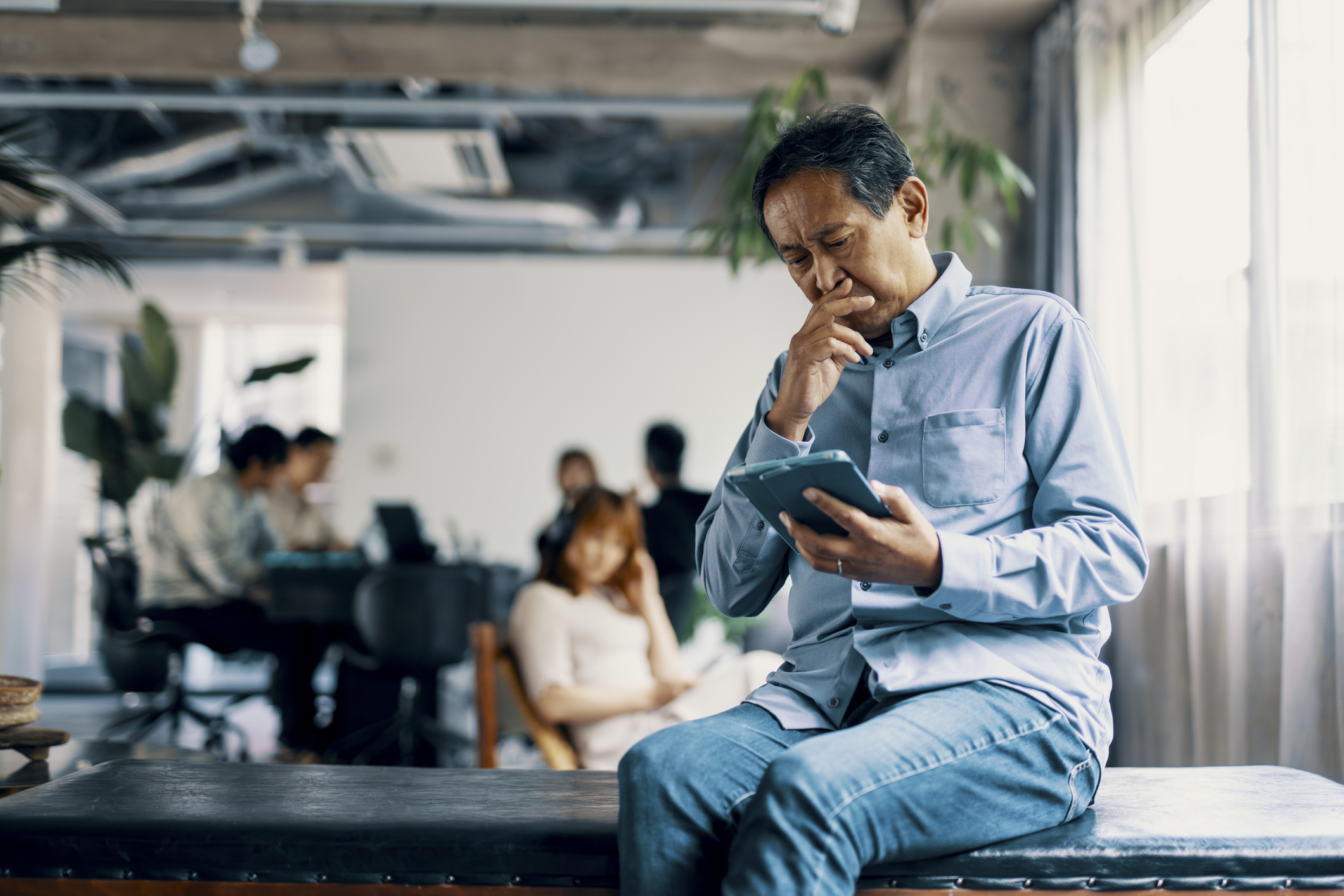New Dawn for Nuclear Power
Coming climate change legislation and new technology are leading to a resurgence of nuclear power in America.
A years-long wait for a ramping up of nuclear power is about to end. Four new plants, adjacent to existing nuclear facilities in Georgia, Maryland, South Carolina and Texas, will begin cranking out electricity by 2016 or so. Uncle Sam is providing the facilities with $18.5 billion in low-interest loans set aside by the 2005 energy law.
The four new plants should add around 5,000 megawatts of nuclear-made power to today’s 100,000 MW, though that’s not enough to appreciably boost the industry’s 19.6% share of all electricity production from 104 existing nuclear generators. Later -- by 2030 or so -- as another 25 or so smaller nuclear plants are brought on stream, nuclear power’s share of the overall U.S. electricity market will grow to nearly 30%.
New nuclear power generators will do a lot more than pump more electricity into the grid. They’ll be in the forefront of a fleet of nuclear generators built by electric utilities to reduce their overall carbon dioxide emissions. This will be paramount after Congress enacts a climate change and energy bill that will restrict industrial CO2 emissions, making nuclear power plants all the more attractive.
From just $107.88 $24.99 for Kiplinger Personal Finance
Become a smarter, better informed investor. Subscribe from just $107.88 $24.99, plus get up to 4 Special Issues

Sign up for Kiplinger’s Free Newsletters
Profit and prosper with the best of expert advice on investing, taxes, retirement, personal finance and more - straight to your e-mail.
Profit and prosper with the best of expert advice - straight to your e-mail.
Investors are sitting up and taking notice of nuclear power’s growing attractiveness. Since the plants emit no CO2, they would help power companies meet more stringent federal emission limits and even sell emissions credits to companies that fall short.
Of course, Wall Street will want to see the industry avoid the sort of cost overruns and other problems that occurred in the past. “It will be very important to demonstrate to financial markets and regulators that these facilities can be built on schedule and on budget,” says Adrian Heymer, senior director of new-plant deployment with the Nuclear Energy Institute, a trade group.
The 25 smaller plants -- ranging from a capacity of 125 MW to 300 MW -- remain in the wings, biding their time in hopes that Congress will offer incentives such as low-interest loans as part of the climate change and energy bill.
Storage of nuclear power plant waste isn’t likely to derail the startup of a new fleet of atomic plants. While future Congresses are likely to continue to debate whether to move ahead with a spent-fuel repository at Yucca Mountain in Nevada, highly radioactive material from existing plants can be safely sequestered for decades to come right at the plants.
Meanwhile, there’s technology on the drawing boards that holds the promise of reprocessing nuclear wastes into new nuclear reactor fuel, slashing the amount of “hot” wastes by 90% or more.
For weekly updates on topics to improve your business decisionmaking, click here.
Profit and prosper with the best of Kiplinger's advice on investing, taxes, retirement, personal finance and much more. Delivered daily. Enter your email in the box and click Sign Me Up.
-
 JPMorgan's Drop Drags on the Dow: Stock Market Today
JPMorgan's Drop Drags on the Dow: Stock Market TodaySmall-cap stocks outperformed Tuesday on expectations that the Fed will cut interest rates on Wednesday.
-
 Why Playing It Safe in Retirement Is a Big Risk
Why Playing It Safe in Retirement Is a Big RiskFear of losing money could actually cost you in retirement. Find out why being too conservative with your life savings can hurt you and how to stop that from happening.
-
 Tax Refund Alert: House GOP Predicts 'Average' $1,000 Payouts in 2026
Tax Refund Alert: House GOP Predicts 'Average' $1,000 Payouts in 2026Tax Refunds Here's how the IRS tax refund outlook for 2026 is changing and what steps you can take now to prepare.
-
 The AI Boom Will Lift IT Spending Next Year
The AI Boom Will Lift IT Spending Next YearThe Kiplinger Letter 2026 will be one of strongest years for the IT industry since the PC boom and early days of the Web in the mid-1990s.
-
 Shoppers Hit the Brakes on EV Purchases After Tax Credits Expire
Shoppers Hit the Brakes on EV Purchases After Tax Credits ExpireThe Letter Electric cars are here to stay, but they'll have to compete harder to get shoppers interested without the federal tax credit.
-
 Amid Mounting Uncertainty: Five Forecasts About AI
Amid Mounting Uncertainty: Five Forecasts About AIThe Kiplinger Letter With the risk of overspending on AI data centers hotly debated, here are some forecasts about AI that we can make with some confidence.
-
 Worried About an AI Bubble? Here’s What You Need to Know
Worried About an AI Bubble? Here’s What You Need to KnowThe Kiplinger Letter Though AI is a transformative technology, it’s worth paying attention to the rising economic and financial risks. Here’s some guidance to navigate AI’s future.
-
 Will AI Videos Disrupt Social Media?
Will AI Videos Disrupt Social Media?The Kiplinger Letter With the introduction of OpenAI’s new AI social media app, Sora, the internet is about to be flooded with startling AI-generated videos.
-
 What Services Are Open During the Government Shutdown?
What Services Are Open During the Government Shutdown?The Kiplinger Letter As the shutdown drags on, many basic federal services will increasingly be affected.
-
 The Economy on a Knife's Edge
The Economy on a Knife's EdgeThe Letter GDP is growing, but employers have all but stopped hiring as they watch how the trade war plays out.
-
 Banks Are Sounding the Alarm About Stablecoins
Banks Are Sounding the Alarm About StablecoinsThe Kiplinger Letter The banking industry says stablecoins could have a negative impact on lending.